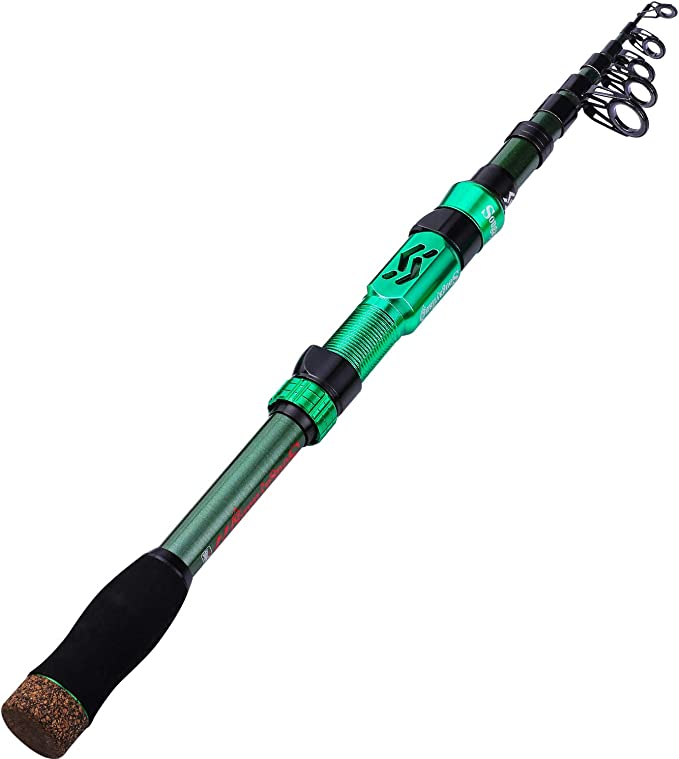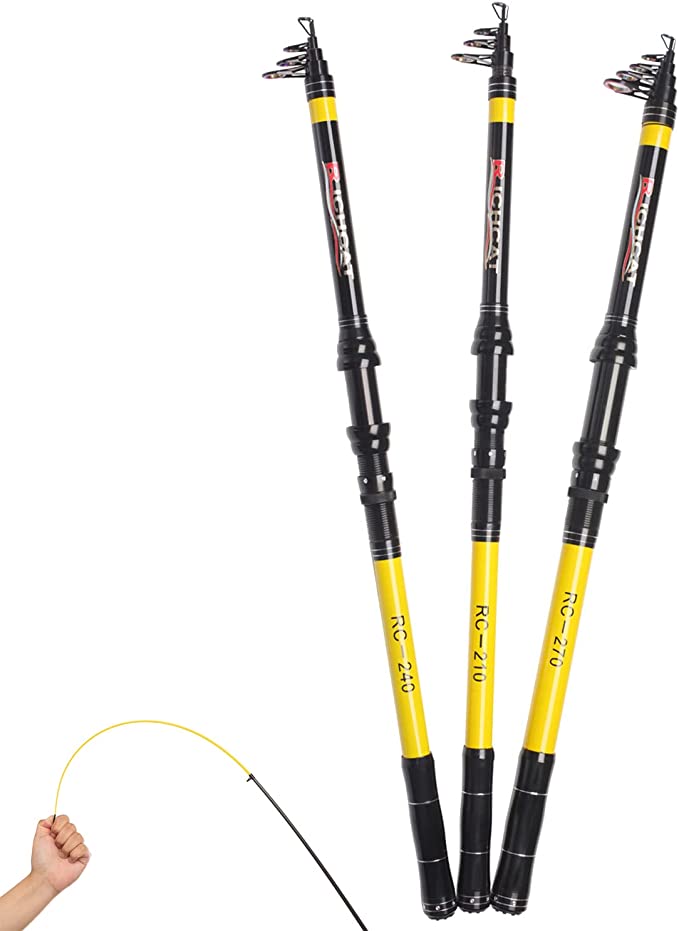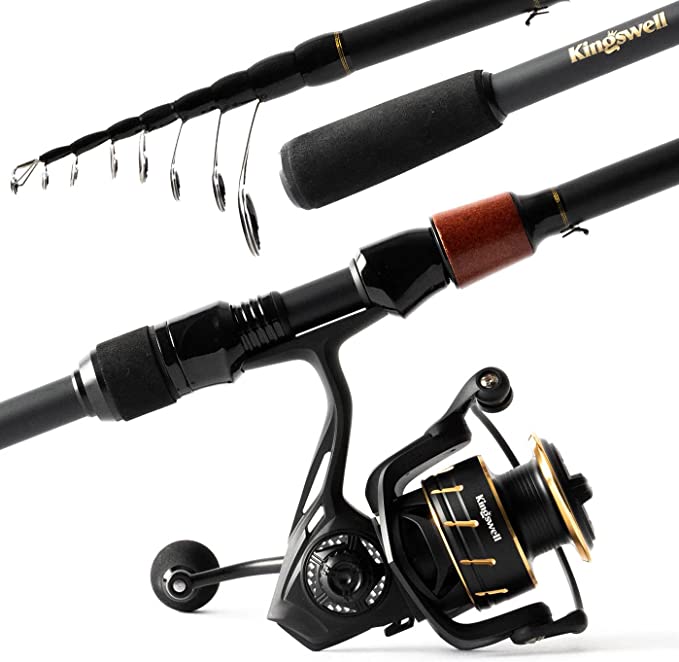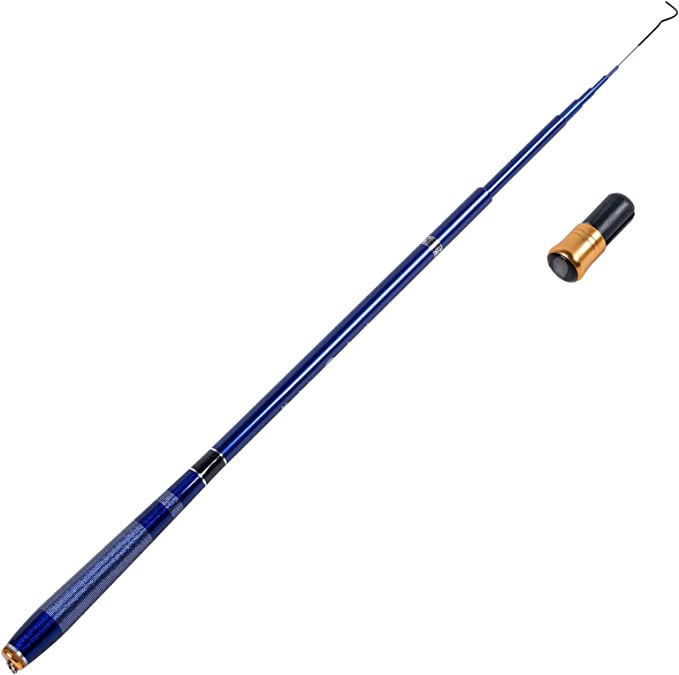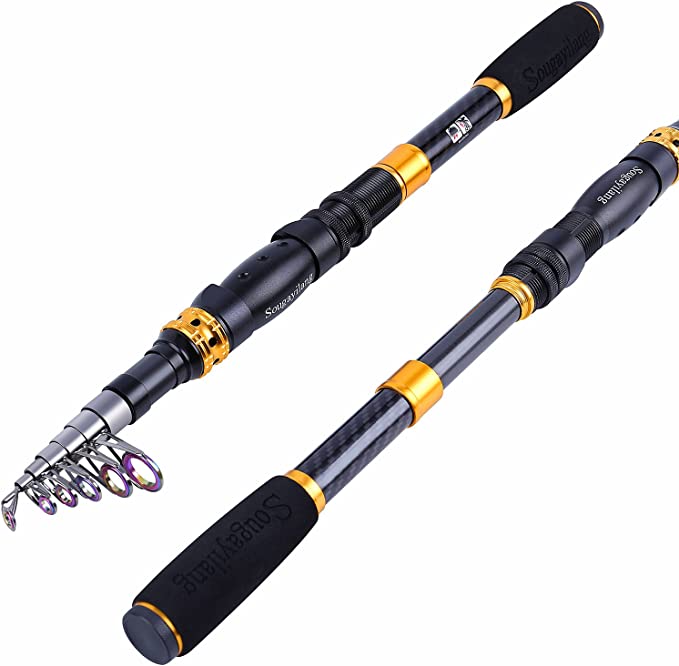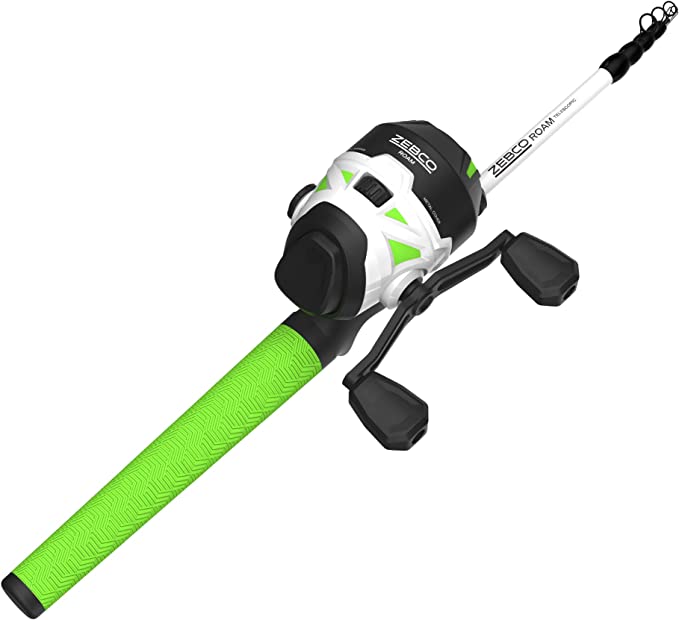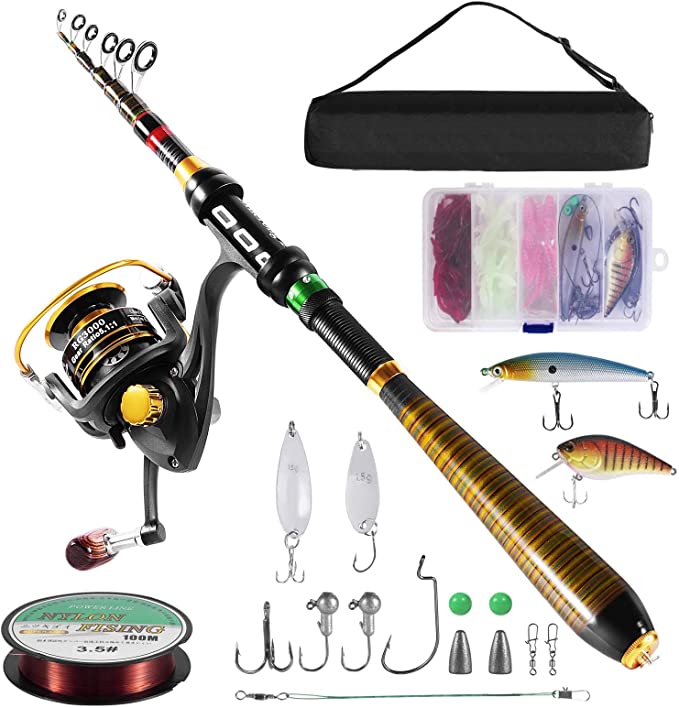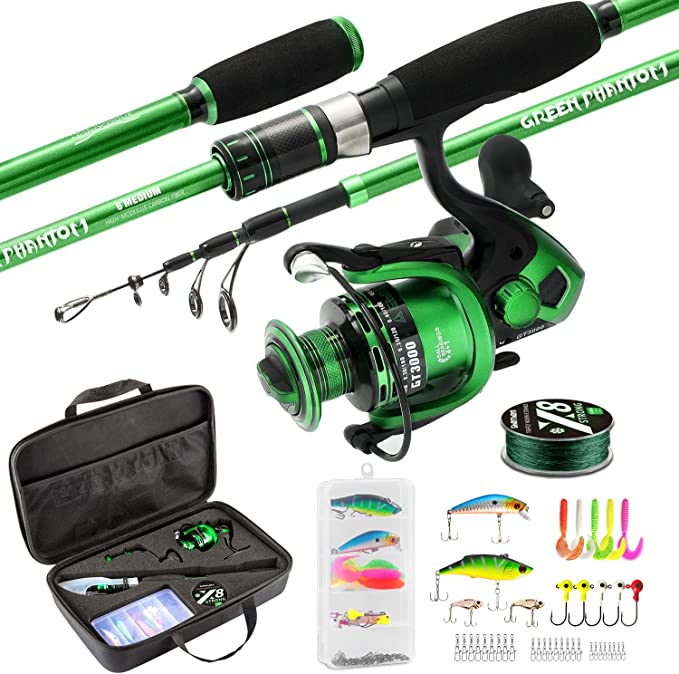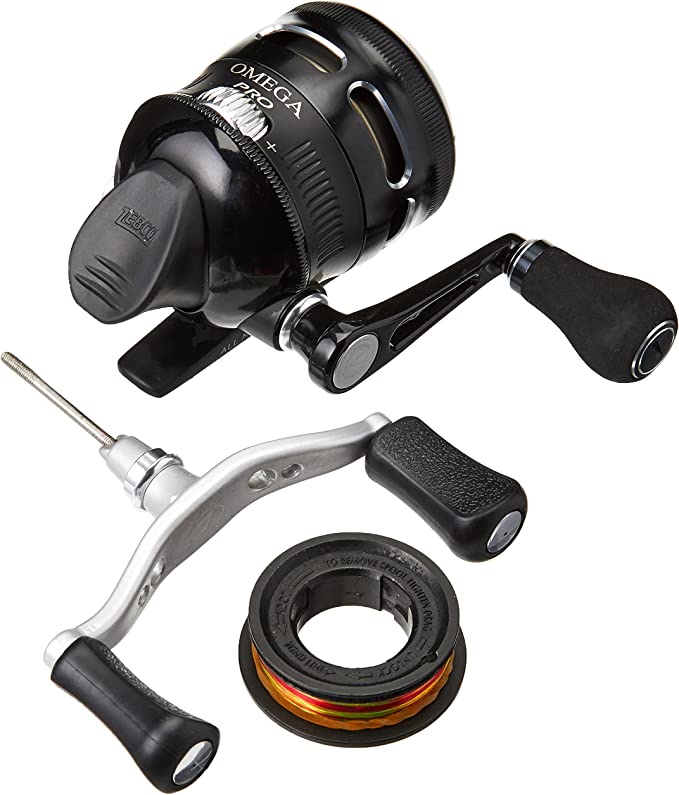The Unseen Science in Your Pack: Deconstructing the Telescopic Fishing Rod
Update on Aug. 1, 2025, 7:31 a.m.
There’s a place many of us hold in our minds. It might be a crystal-clear alpine lake miles from the nearest road, a secluded coastal cove accessible only by a winding trail, or a quiet bend in a river discovered on a cross-country road trip. The water is perfect. The fish are waiting. But a nagging voice of practicality often spoils the daydream: how would I even get my fishing rod there? The traditional seven-foot pole is a marvel on the water but a menace in transit—an awkward, unwieldy appendage to any traveler’s kit.
For decades, this logistical problem kept angling tethered to easily accessible spots. But engineering, in its quiet, problem-solving way, delivered a solution. It’s a tool so common now it’s almost taken for granted: the telescopic fishing rod. To truly appreciate this marvel of portability, we need to look past the price tag and deconstruct it. Using a typical example like the Gigicloud 1PCS Telescopic Fishing Rod as our specimen, let’s explore the unseen science that empowers us to fish anywhere.
A Legacy Written in Glass
Before we can understand how a modern rod works, we must appreciate where it came from. For centuries, rods were crafted from natural materials like split cane bamboo—beautiful, functional, but labor-intensive and susceptible to the elements. The great leap forward came after World War II, when a material developed for military applications found its way into the consumer world: fiberglass.
The Gigicloud rod is listed as being made of “FRP,” or Fiberglass Reinforced Plastic. This isn’t just a fancy term for plastic; it’s the very heart of the rod’s performance. Think of it like reinforced concrete on a miniature scale. FRP is a composite material where countless microscopic glass fibers (the “rebar”) are suspended in a durable polymer resin (the “concrete”). The fibers provide immense tensile strength and stiffness, while the resin binds them together, protects them from damage, and distributes any load—like the sudden pull of a fish—across the entire structure.
This composite nature is what gives the rod its almost paradoxical qualities. It’s incredibly strong yet surprisingly light; the 2.3-meter model weighs a mere 229 grams, less than many smartphones. It’s pliable enough to bend into a deep arc, storing energy for a cast, but resilient enough to snap back to its original shape. And because it’s fundamentally glass and plastic, it’s highly resistant to the rust and corrosion that plagued its steel predecessors, making it suitable for sea fishing. This single material innovation democratized angling, making durable, high-performance rods accessible to everyone.
The Architecture of Convenience
Of course, a revolutionary material is only half the story. The true genius of a travel rod lies in its architecture: the telescopic design. By engineering the FRP blank into a series of nesting sections, each with a slightly smaller diameter than the last, a full-length rod can collapse into a fraction of its size. The 2.3-meter (225cm) Gigicloud, for instance, shrinks to an astonishing 37cm—a reduction ratio of over 6:1.
From an engineering perspective, each extended section functions as a cantilever beam, anchored at one end and loaded at the other. The design challenge is to ensure the joints between these sections are strong enough to transfer the load smoothly without creating weak points. This nesting principle is the simple, elegant solution to the angler’s age-old portability problem, transforming the rod from cumbersome luggage into something that disappears into a backpack.
The Physics of a Perfect Cast
Performance, however, is decided in the details. Look closer at the rod and you’ll see the series of rings that guide the line: the ceramic guides. These are the unsung heroes of every cast and retrieve. The choice of ceramic is pure physics. Ceramic materials have an exceptionally low coefficient of friction, meaning your fishing line glides through them with almost no resistance. This translates directly into longer, smoother casts and protects your line from fraying over time. Their surface is also incredibly hard, resisting the grooving that can be cut into lesser materials by abrasive braided lines.
This entire system—the flexible FRP blank storing potential energy as you draw it back, the smooth ceramic guides minimizing resistance—works in concert to convert the motion of your arm into the kinetic energy of the lure sailing through the air. The material’s ability to bend and recover quickly, a property engineers call its “action,” is what allows you to feel the faintest nibble, transmitting the vibrations from the tip of the rod directly into your hand.
An Honest Look at Engineering Trade-Offs
But is this design perfect? No design ever is. A look at user experiences reveals a common, practical issue: the guide rings can sometimes come loose and require a dab of superglue. This isn’t a failure of the rod’s core science but rather a clear window into the world of engineering trade-offs.
To produce a functional, multi-section FRP rod at an accessible price point requires balancing priorities. The manufacturer rightly invests the most in the quality of the FRP blank itself—that’s the soul of the rod. The process of bonding dozens of guides to these sections, however, is a place where compromises in adhesive quality or assembly time can be made to manage costs. This doesn’t make it a bad product; it makes it a real-world product. It represents a conscious decision to prioritize core material performance and radical portability over the bulletproof assembly you might find on a rod costing ten times as much.
Understanding this allows you to see the product not as flawed, but as a specific set of solutions and compromises. It empowers you to make a simple, five-minute fix with confidence, knowing the fundamental integrity of your gear is sound.
Ultimately, the telescopic rod is far more than a cheap alternative to a “proper” one. It is a triumph of applied science—a carefully orchestrated interplay of materials science, mechanical engineering, and physics, all designed to grant you the freedom to cast a line wherever your adventures take you. The next time you slide that compact tube out of your pack and extend it to its full, elegant length, take a moment. You’re not just holding a fishing rod. You’re holding a legacy of innovation, a lesson in engineering, and a passport to the water’s edge.
